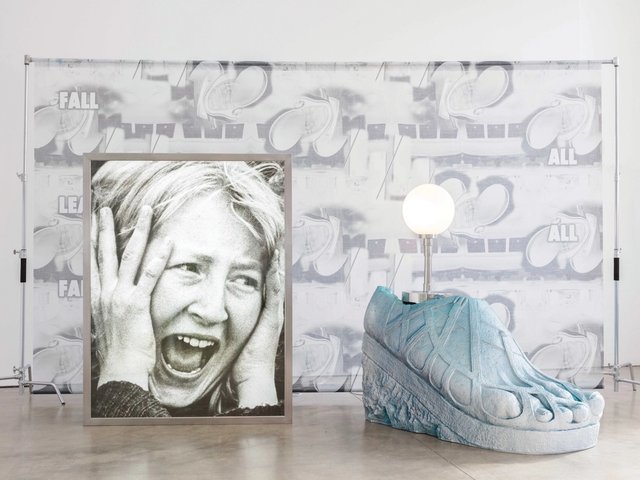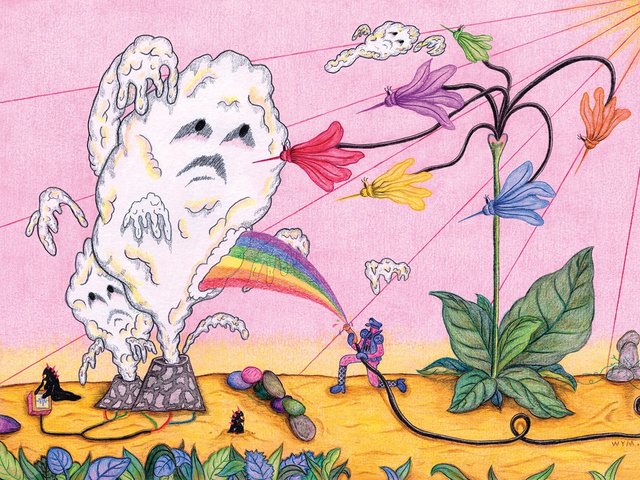An exhibition about gender inequality in China has been shut down by the authorities. The show, entitled Jian, Rape: Gender Violence Cultural Codes, was scheduled to open at Ginkgo Space, a commercial gallery in Beijing’s Sanlitun-Gongti district on 25 November. Artist Cui Guangxia had organised the exhibition as a response to the United Nations call for men to engage with the issue of women’s rights.
The closure by local officials could be a result of sensitivity to any open discussion of human rights in China, says Cui, or to the directness of the show’s title, and the explicit nature of many of the works it contained. Or it could be because Cui is one of more than a dozen Chinese artists arrested last year for voicing support for the democracy protests in Hong Kong. Or it could be a combination of all these factors. “They said: it’s not like just anyone can hold a concert or exhibition,” Cui says.
The leading Chinese feminist artist Xiao Lu says the censored exhibition, which was to include the work of 32 female and 32 male artists, would have been the first show in China to address the issue of gender equality. “Most exhibitions here consist entirely or mostly of work by male artists, with only one or two women. Feminist shows in China are very unusual.”
Cui hopes to publish a catalogue for the Rape exhibition, which was to include the work of commercial favourites Zhang Huan and He Sen, alongside conceptual darlings Xiao, the Gao Brothers and Weng Fen, among many others. He also hopes to stage it abroad.
Last year saw a proliferation in both feminist activism in China and crackdowns against it. After a public discussion about domestic violence and moves towards legislating against it, young women have used social media and performance art to protest against discrimination in education, salaries and property rights. In March, five activists were arrested and held for more than a month for planning to distribute stickers opposing sexual harassment.



